Date: 14 April 2015
Would you like to create privacy with glass? Below are the solutions that IQ Glass can offer in order to resolve this issue: Sandblasted glass Privacy/switchable glass Electro-Chromic glassSandblasted glass This is created by a process of firing fine sand at glass, which results in a cloudy, translucent appearance and gives the glass a rougher surface to the glass giving the unit anti-slip resistance properties which makes it the perfect surface for walk on glass units.Sandblasted glass can be used for either decoration, walk on glass units as an anti-slip finish or privacy. IQ Glass is able to sandblast pieces of glass up to 6000mm wide x 3000mm high in a variety of designs and patterns. By using the sandblasting method virtually any pattern can be imprinted into a glass face including gradients of translucency and intricate design patterns.
.jpg)
Privacy/switchable glass
With just a flip of a switch, switchable privacy glass allows you to be able to turn glass from transparent to frosted instantly. This is achieved via the introduction of an electrical charge through the glass unit which contains a liquid crystal film which uses nonlinear and nano technology. When its switched on (electrical charge is send through the glass) the liquid crystal molecules become charged and align, which allows light to pass through making the glass unit clear instantly. But when the power is switched off the liquid molecules randomise scattering light resulting in the glass unit becoming translucent (Private). Privacy glass can be used on whatever door or frame required such as glass floor lights, large sliding door systems and a huge variety of structural glazing. An example for the inclusion of privacy glass can be used in home windows to eliminate the needs for blinds. At IQ Glass’s showroom in Amersham, there is a fully functional privacy/switchable glass wall pane which will give a clear insight to the functionality of this product..jpg)
Electro-Chromic glass
This tintable dynamic glass’s functionality is categorised as being controllable and non- controllable. Controllable is when the technology is operated by people, where non-controllable is when the glass changes its state in response to the adjustment of its environment through a sensor. An example of this is when the thermochromics glass reaches a certain temperature the colouration of the glass adjusts accordingly. This process is achieved via applying a low voltage charge through one layer to another of metal-oxide coated panes resulting in the glass tinting decreasing light transmission and solar gain. Electro-Chromic glass’s main functionality is not conventionally used for privacy like switchable glass is, but is primarily used to block unwanted glare, heat and sunlight via a tinting affect to the glass creating more privacy then standard clear glass regardless.
.jpg)
Sliding Glass Doors opening on a corner at IQ’s Showroom
Come to the largest architectural showroom in the UK located in Amersham, Buckinghamshire where IQ Glass has privacy options on display such as sand blasted and a working switchable glass wall.

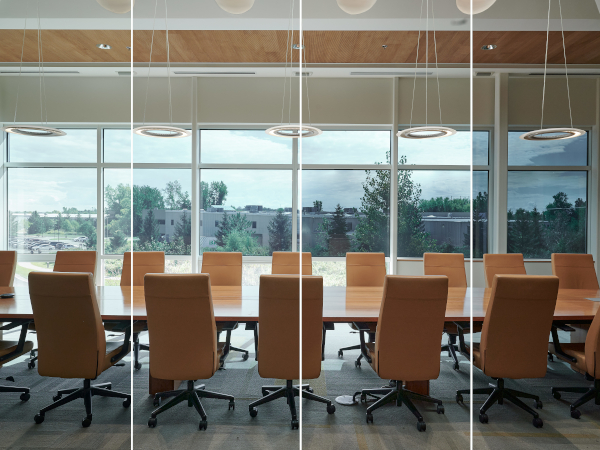

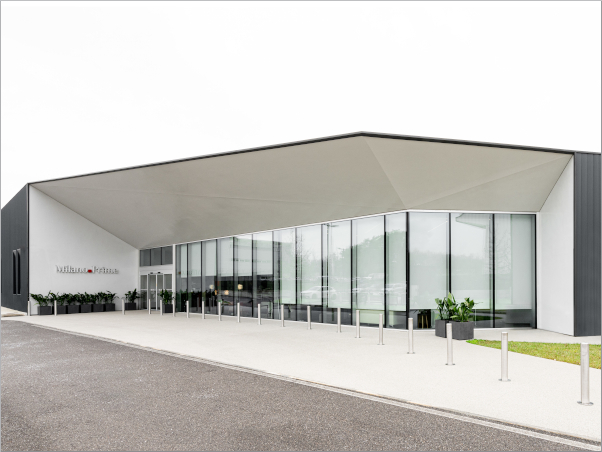
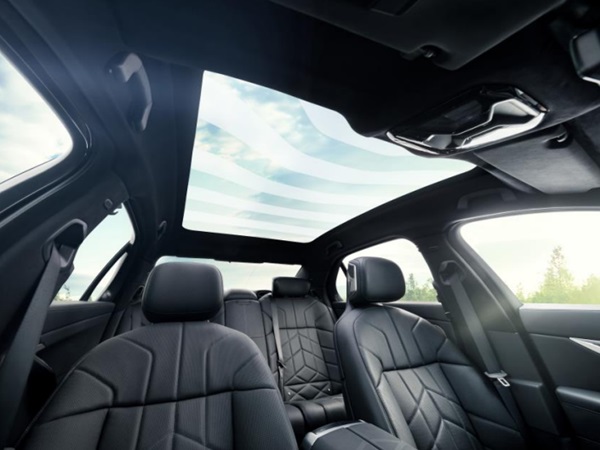
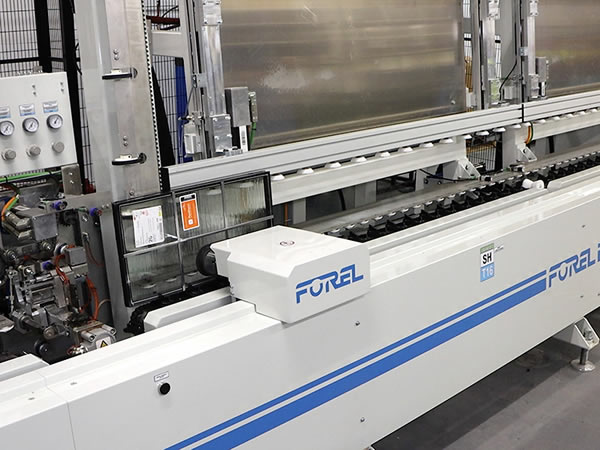
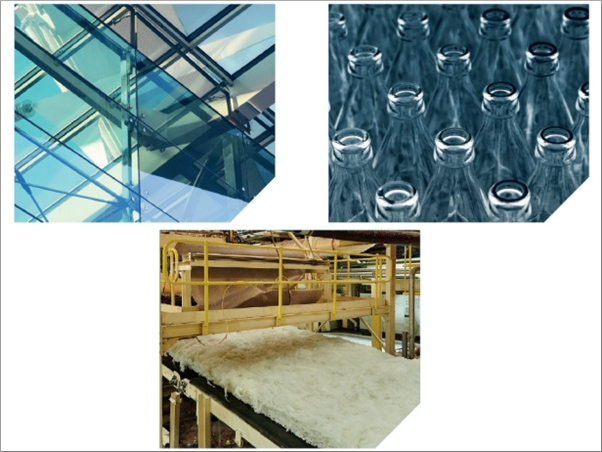

Add new comment